Customer Service Knowledge Base: Definition, Structure, and Benefits
Learn more about customer support knowledge base software tools and types, with examples.
Having an effective customer service knowledge base has become essential for businesses of all sizes.
Picture this: It's 3 AM, and somewhere in the world, a customer needs help with your product. Your support team is fast asleep, but thanks to your well-crafted knowledge base, that customer finds the answer they need in seconds. No waiting, no frustration.
Managing customer inquiries can also be a repetitive and resource-heavy task for any support team. Handling the same common questions over and over can drain time and energy that could be better spent on more complex issues. A customer service knowledge base offers a solution, allowing customers to find answers independently.
This guide covers what a knowledge base is, why it’s important, and how to create one that effectively serves both your team and your customers.
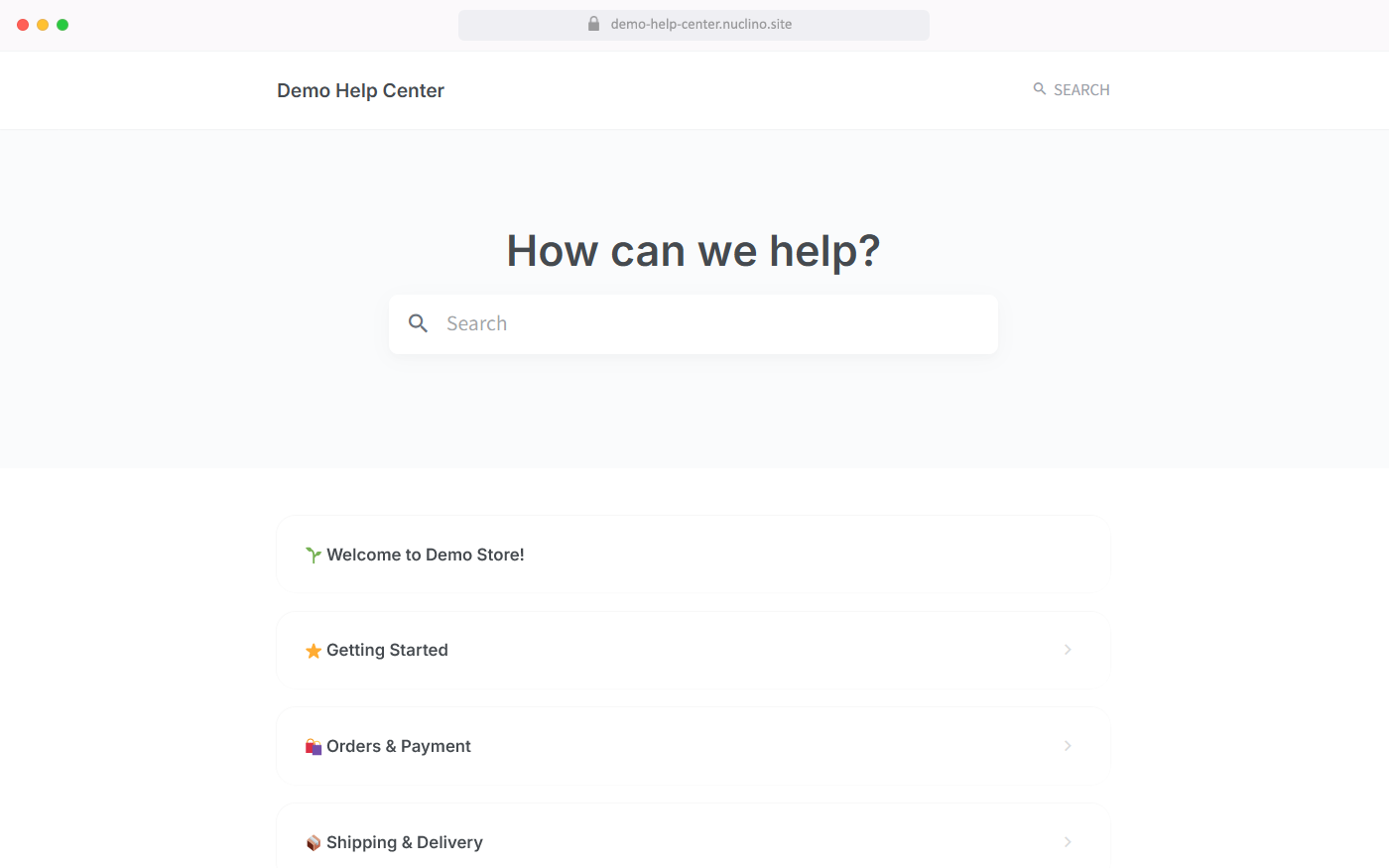
What is a customer service knowledge base?
A customer service knowledge base is a centralized resource where customers can access information to solve common issues on their own. It typically includes FAQs, troubleshooting guides, step-by-step tutorials, and other helpful resources. With a well-organized knowledge base, customers can quickly find answers to common questions without having to contact support.
Customer support knowledge bases often include:
Product documentation and guides
Step-by-step tutorials and how-to articles
Troubleshooting instructions
Frequently asked questions (FAQs)
Video tutorials and interactive guides
Best practices documentation
Customer preferences are shifting toward self-service options. According to Forrester Research, over 70% of customers prefer to use a company's website to get answers to their questions rather than phone or email support, making a knowledge base an indispensable tool in your customer service arsenal.
Why do you need a customer service knowledge base?
The self-service revolution has transformed customer expectations. Microsoft's State of Global Customer Service report reveals that over 90% of customers now expect organizations to have an online self-service portal.
The numbers tell a compelling story about the impact of knowledge bases:
Companies can save an average of $1-3 million annually when customers use self-service instead of calling support (Accenture).
Research has that found live agent interactions cost $6-$12, while self-service is as low as $0.25, potentially reducing costs by 75%. (Forrester Research).
Customers prefer knowledge bases over all other self-service channels. (Forrester Research)
Time efficiency represents another crucial advantage. When customers can find answers themselves through a well-structured knowledge base, support teams can focus on handling more complex issues that truly require human intervention. This optimization of resources leads to better service quality across all support channels.
Benefits of knowledge base software for customer service
The implementation of customer service knowledge base software transforms support operations in numerous ways. For customers, it provides the freedom to find solutions at their own pace, any time of day or night. This 24/7 availability ensures that support never sleeps, even when your team does.
Key benefits for customers include:
Round-the-clock access to information
Self-paced learning and problem-solving
Consistent, accurate information
No waiting times or support queues
For businesses, the advantages extend beyond cost savings. A well-implemented knowledge base delivers improved efficiency in support operations and valuable data-driven insights into customer needs and behavior patterns. Analytics from knowledge base software provide crucial information about which content resonates with users and where knowledge gaps exist, allowing for continuous optimization of the support experience.
How to choose the best customer service knowledge base software
When selecting knowledge base software, look for a tool that aligns with your needs, budget, and team’s capabilities.
Here are a few factors to consider:
Ease of use: Look for software with a straightforward user interface. Your team should be able to add and update articles without extensive training.
Search functionality: A robust search feature is essential, as it allows customers to find what they need without digging through layers of content.
Integration capabilities: Choose software that can integrate with your existing systems, such as CRM or support ticket software.
Customization options: Branding flexibility lets you keep the knowledge base consistent with your company’s look and feel.
Analytics and reporting: Data-driven insights are crucial for understanding what content is effective and identifying areas for improvement.
How to create a customer service knowledge base
Creating an effective customer service knowledge base begins with thorough planning. Start by conducting a comprehensive content audit to understand what information you currently have and what gaps need to be filled.
Here’s a step-by-step guide:
Identify common customer questions: Start by analyzing support tickets and FAQs to determine the most common customer inquiries.
Organize content by topic: Structure articles into relevant categories, so customers can browse by subject and find what they need quickly.
Write clear, concise articles: Use straightforward language, and keep articles to the point. Avoid jargon, and include step-by-step instructions when possible.
Add visuals when helpful: Screenshots, diagrams, or short videos can make it easier for customers to understand complex topics.
Optimize for search: Use keywords customers are likely to search for and write descriptive titles to improve searchability.
Regularly update content: Technology changes, so keep articles up-to-date and review them periodically to ensure accuracy.
Test with real users: Before launching, test the knowledge base with a small group to gather feedback and ensure it’s user-friendly.
Customer service knowledge base structure
The structure of your knowledge base directly impacts how easily customers can find the information they need. A well-organized structure ensures that content is intuitive to navigate and easy to search.
Here's a breakdown of how to structure your knowledge base for maximum usability:
Homepage
The homepage serves as the entry point to your knowledge base. It should include:
Search bar: Place a large, visible search bar at the top. Customers often prefer searching over browsing.
Introduction or instructions: A short welcome message or guide explaining how to use the knowledge base.
Highlighted categories: Feature the most common or important categories (e.g., "FAQs," "Troubleshooting") for quick navigation.
Categories and subcategories
Organize content into broad categories that align with your customers’ main needs. For example:
Main categories: “Account Management,” “Billing,” “Technical Support.”
Subcategories: Break down large topics into smaller sections. For instance, under "Technical Support," you might include “Software Installation” and “Error Codes.”
Using clear labels and avoiding overly technical terms ensures customers can navigate without confusion.
Individual articles
Each article should focus on solving one specific problem or answering one question. Make sure to use:
Descriptive titles: Use clear, customer-friendly titles like “How to Update Your Payment Method” instead of vague ones like “Payment Info.”
Consistent formatting: Start with a brief summary of the issue, provide step-by-step instructions, and conclude with additional resources if needed.
Visual aids: Include screenshots, diagrams, or short videos to clarify complex steps.
Related Content
At the end of each article, include links to related articles or FAQs to help customers who might need further assistance. For example, an article on password recovery could link to content about account security.
Best knowledge base platforms for customer service
Choosing the right platform is crucial for building an effective customer service knowledge base. The best customer service knowledge base software combines ease of use, powerful search functionality, and customization to meet the needs of your business.
Here are four top platforms for creating a knowledge base for customer service:
1. Nuclino

Pricing: Free, advanced features starting from $6/user/month
Rating on Capterra: 4.7/5
Nuclino is one of the simplest platforms to build a customer service knowledge base. It's not feature-packed — by design. Instead, it focuses on getting the essentials just right: its interface is clean, the collaborative editing experience is frictionless, the search is fast and reliable.
Nuclino comes with a minimal learning curve, making it easy for the entire team to quickly get the hang of it. But its simplicity also doesn't preclude it from offering a wide range of capabilities.
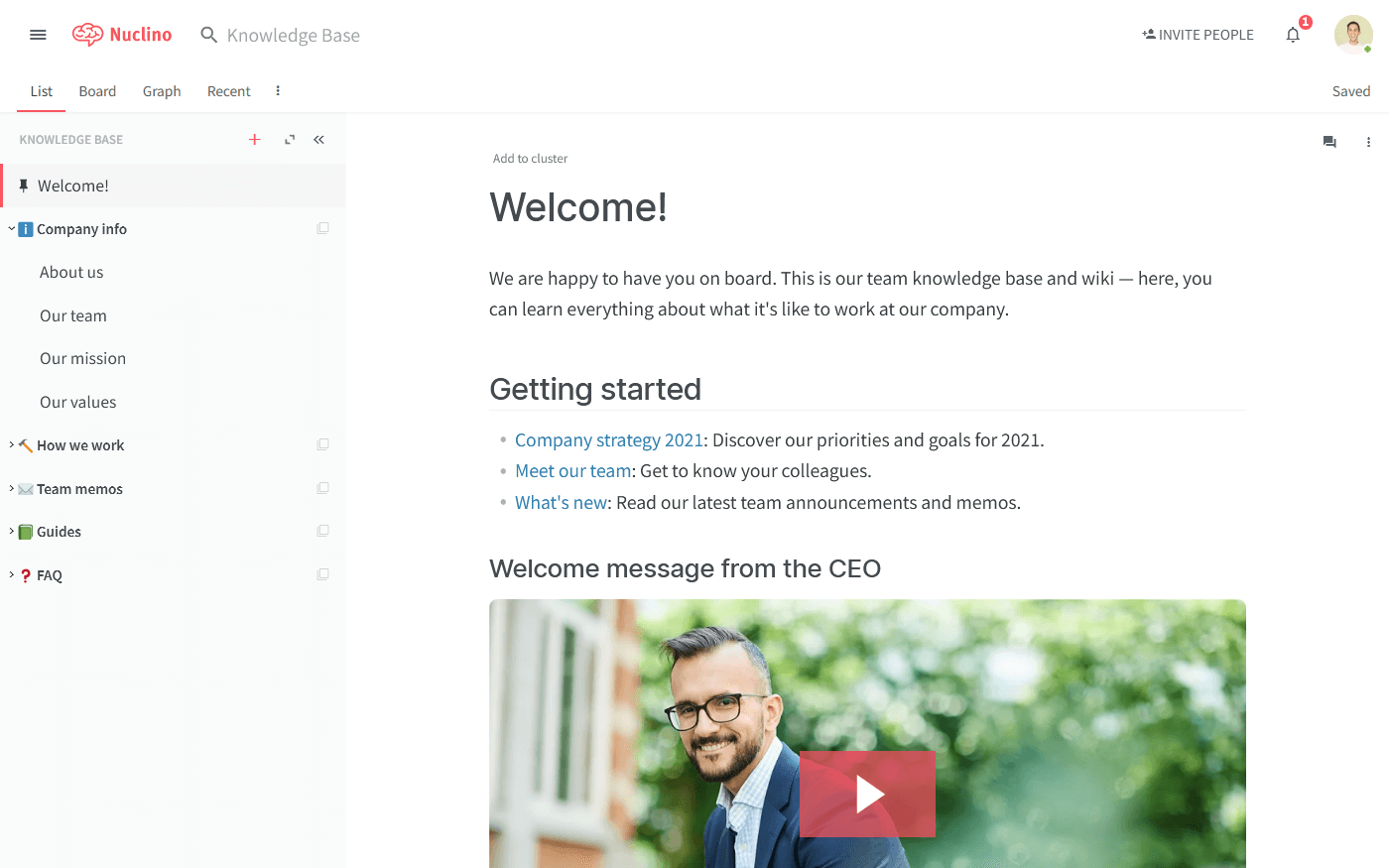
In just a few clicks, you can turn any Nuclino workspace into a public website, accessible to anyone on the web and discoverable via search engines. It's perfect for help centers, user documentation, changelogs, and much more.
Nuclino also offers powerful AI features that make documenting, organizing, and finding information quick and easy. It comes with an AI-powered assistant Sidekick that can help you with a wide range of tasks.
In addition to being a great tool for building your customer support knowledge base, Nuclino can also be easily used for internal knowledge sharing, project collaboration, collaborative documentation, sprint planning, asynchronous communication, and much more. It works like a collective brain, allowing you to bring all your team's work together in one place and collaborate without the chaos of files and folders, context switching, or silos.
While Nuclino may not have some of the more advanced customer service-focused features of platforms like Zendesk, its strength lies in its simplicity and flexibility. Nuclino is particularly useful for smaller teams or organizations looking for a straightforward solution without complex setup or management.
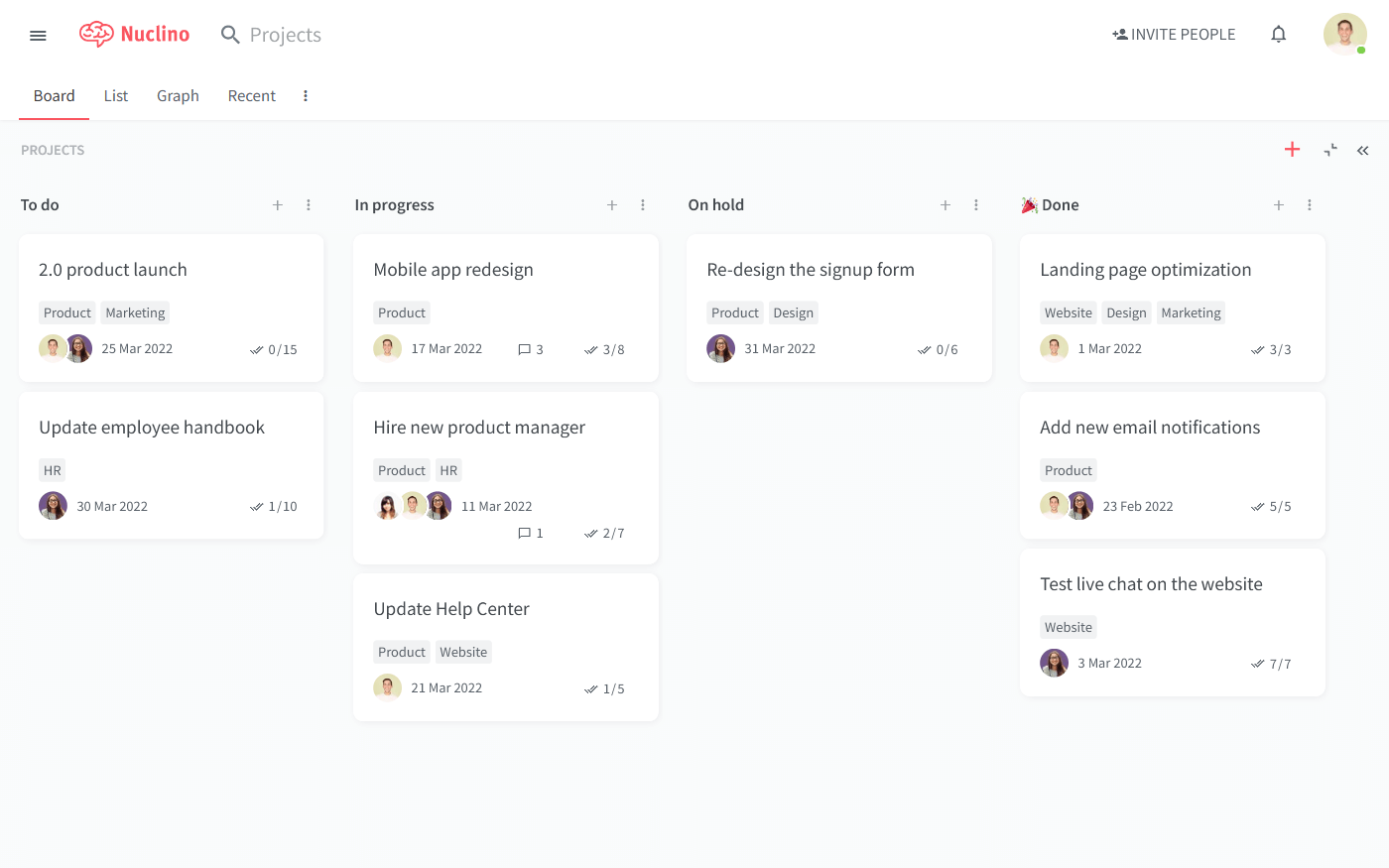
What users say about Nuclino:
"Great knowledge base for capturing information. We use Nuclino daily to make sure we're documenting everything — from sales playbooks to HR processes to specific data collection checklists. It's easy to use, update, comment, and share."
— Capterra review (read more reviews of Nuclino)
2. Zendesk
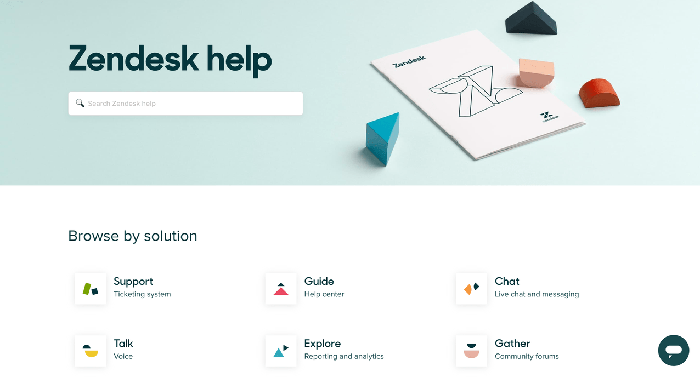
Pricing: Starting from $49/user/month
Rating on Capterra: 4.4/5
Zendesk is a well-established name in customer service software and offers one of the best knowledge base platforms for customer service. Its "Zendesk Guide" feature enables businesses to create an organized self-service portal for customers. It includes robust tools like AI-powered search and content suggestions, which make it easier for customers to find the right answers. Additionally, Zendesk integrates seamlessly with its ticketing system, allowing agents to link knowledge base articles directly to customer inquiries.
While Zendesk is feature-rich and scalable, it can be more complex to set up and manage, making it a better fit for medium to large organizations with dedicated support teams.
What users say about Zendesk:
"The product is so easy to use. You can integrate any software to it to make your support processing streamlined and simple. We integrated Jira, Slack, Gmail, and TalkDesk. Zendesk also allows you to create a knowledge base within the system. Setting up automations can be difficult, but rewarding once you have the process down."
3. Help Scout
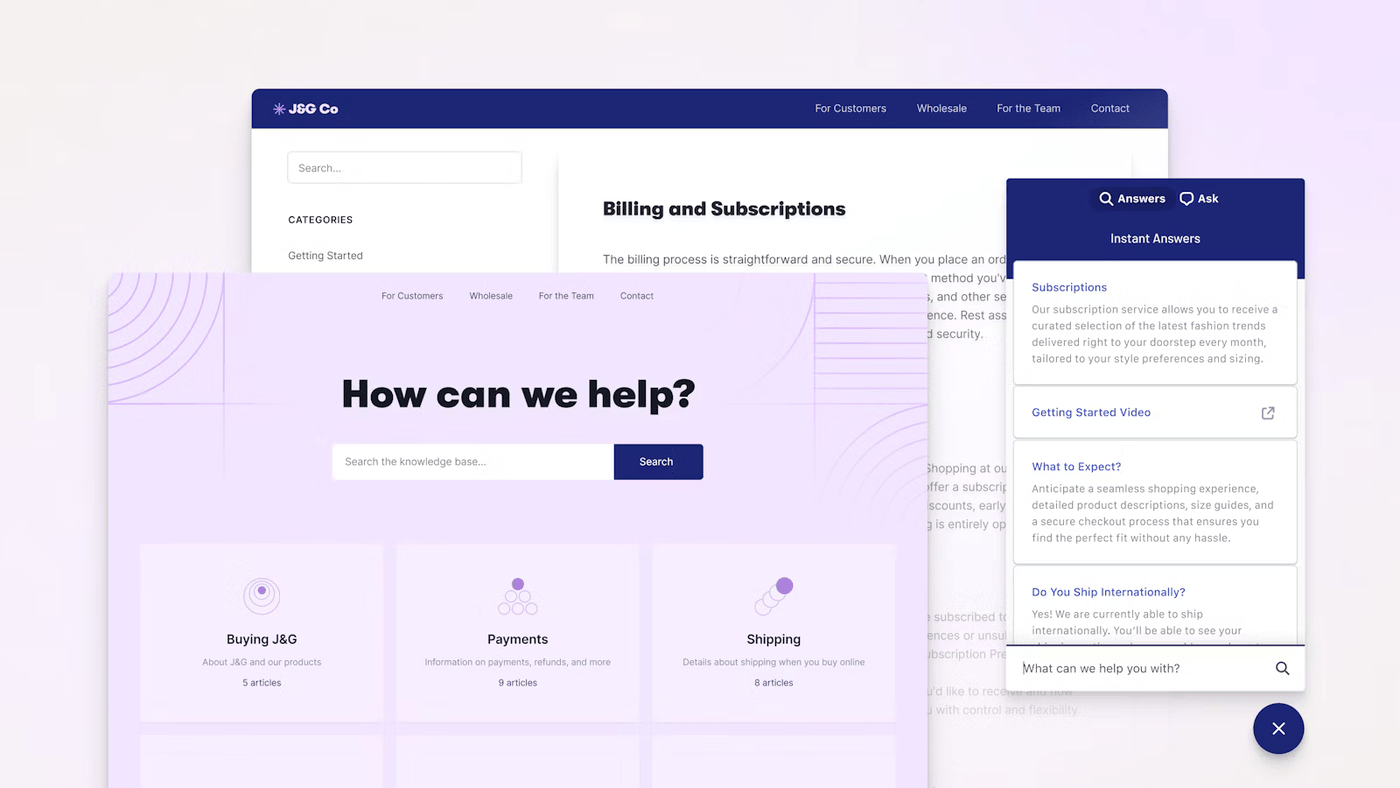
Pricing: Starting from $25/user/month
Rating on Capterra: 4.6/5
Help Scout is a customer service knowledge base software solution that focuses on creating a seamless self-service experience. Its Docs feature allows you to build and organize a knowledge base that is both user-friendly and visually appealing. Help Scout also provides analytics to track customer interactions with your content, helping you refine and improve your articles over time.
What sets Help Scout apart is its integration with email and live chat support. This ensures that even when customers don’t find answers in the knowledge base, they can easily transition to speaking with an agent. It’s a strong option for teams that value a personalized touch in customer service.
What users say about Help Scout:
"Help Scout is really affordable and it's really simple and it does have limits but if you're just looking for a simple way to track your emails and to provide a chat option for your website and to create a knowledge base then it's a really great tool."
4. Helpjuice
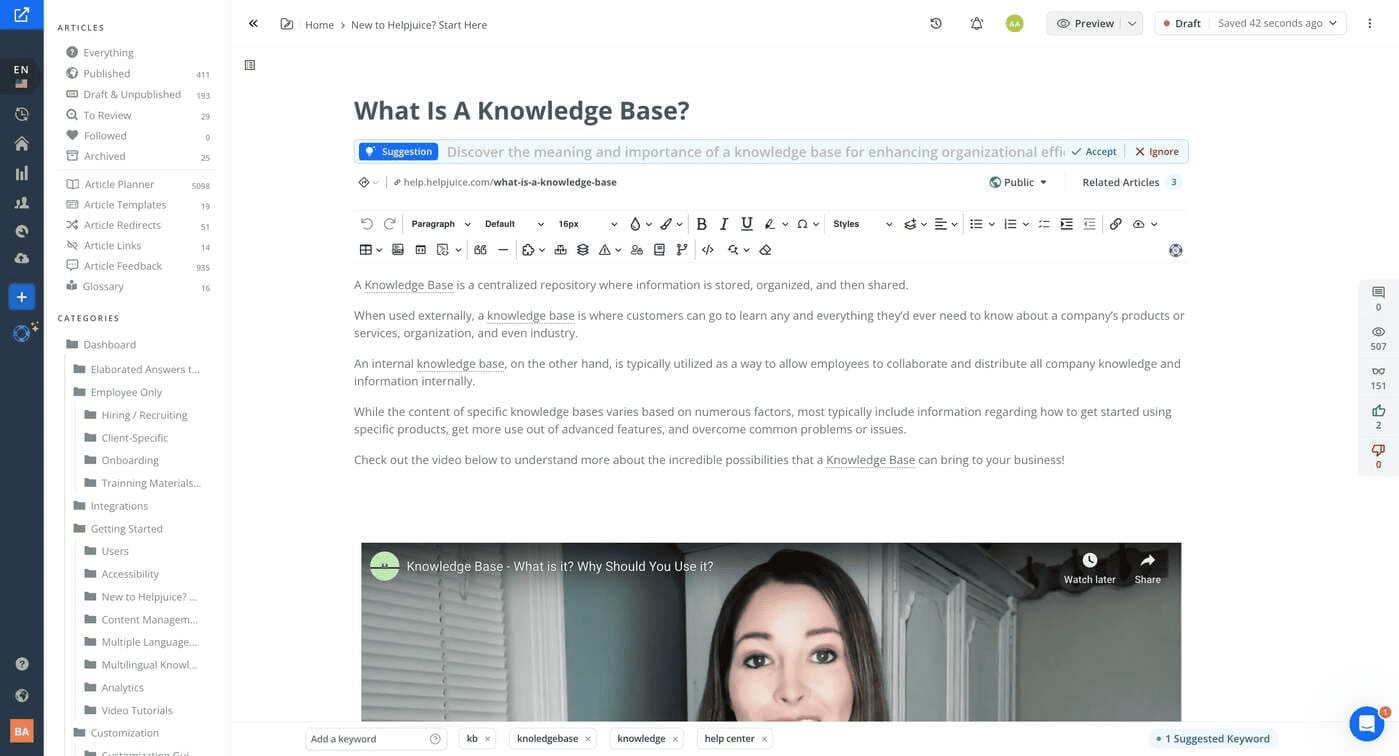
Pricing: Starting from $120/month
Rating on Capterra: 4.7/5
Helpjuice specializes in knowledge base software, making it one of the best platforms for customer service teams focused solely on self-service content. Its intuitive editor, advanced search capabilities, and detailed analytics make it easy to create a highly functional knowledge base. Helpjuice also offers extensive customization options, allowing businesses to align their knowledge base with their branding.
This platform is ideal for companies that prioritize scalability and want a knowledge base tailored to their specific needs. Its pricing is aimed at organizations with larger support operations or high volumes of content.
What users say about Helpjuice:
"With a lot of self-service customers, creating a destination knowledge base was critical for us. We didn't want to re-create the wheel and build something ourselves. We also didn't want to have to mess with WordPress themes. Enter Helpjuice. They have been great to work with. Our team can easily spin up new articles and content for new features, commonly asked questions, etc."
Customer support knowledge base FAQ
What is a customer service knowledge base?
A customer service knowledge base is a centralized collection of articles, guides, FAQs, and resources designed to help customers find answers to their questions and resolve issues on their own. It typically includes step-by-step tutorials, troubleshooting instructions, and general information about products or services. Knowledge bases are accessible online and serve as a self-service tool for customers.
What is the purpose of a knowledge base in customer service?
The purpose of a customer service knowledge base is to empower customers with the information they need to solve problems independently. By providing quick and easy access to solutions, a knowledge base reduces the number of inquiries that reach support teams, saving time and resources. It also enhances the overall customer experience by ensuring answers are available 24/7, improving satisfaction and building trust.
What is the structure of a customer service knowledge base?
A well-structured customer service knowledge base typically includes the following:
Homepage: A central hub with a prominent search bar and featured categories.
Categories: Grouped content organized by themes like "Troubleshooting" or "Billing."
Articles: Individual pages addressing specific questions or issues, with clear titles, step-by-step instructions, and visuals when necessary.
Related content: Links to similar articles to guide users toward further information.
What distinguishes a good customer knowledge base from a great one?
A good knowledge base provides accurate, well-organized content that helps customers resolve their issues. A great knowledge base goes further by offering:
Exceptional search functionality: Advanced search tools that quickly deliver relevant results.
User-friendly design: A clean, mobile-friendly interface that works seamlessly across devices.
Engaging content: Articles enhanced with visuals like screenshots, videos, or diagrams.
Actionable feedback integration: A system for users to provide feedback, which is actively used to improve the content.
Continuous updates: Regularly refreshed content that reflects product changes, new features, and customer feedback.
A great knowledge base doesn’t just answer questions—it creates a positive and effortless self-service experience for customers.
Ready to get started?
